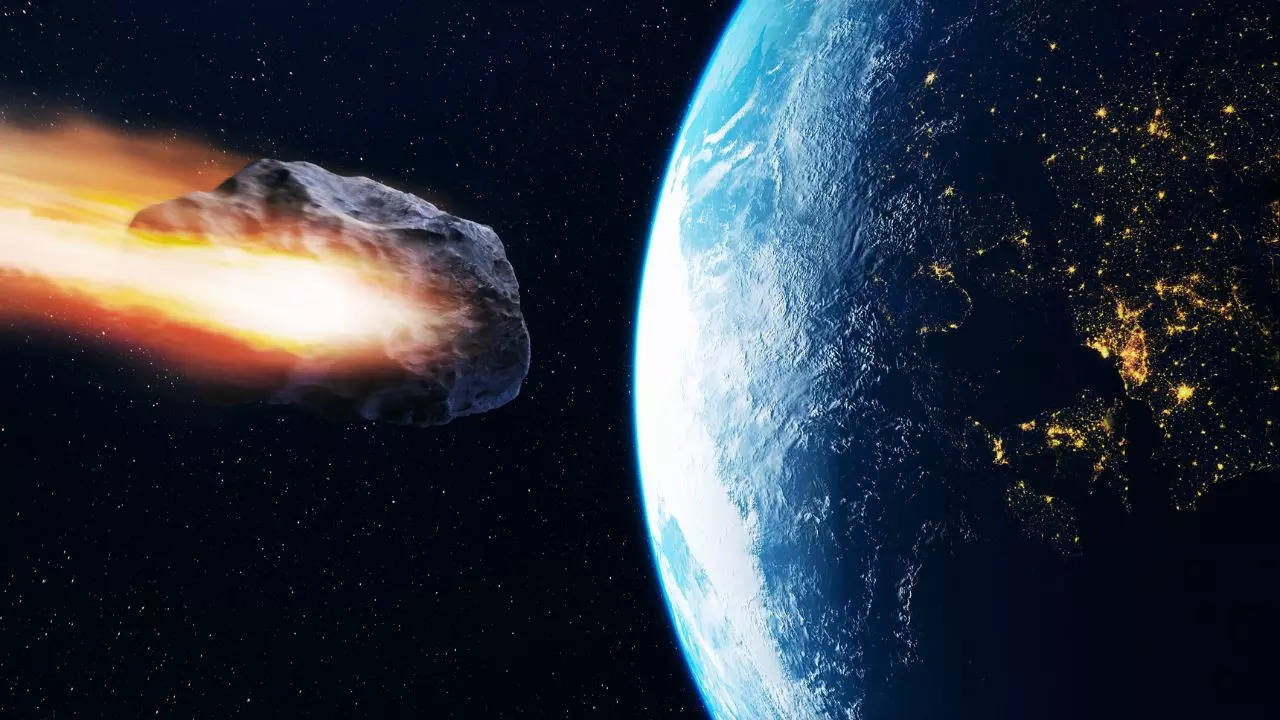The asteroid is part of a group known as Apollo asteroids, named after the first of its kind discovered in the 1930s by German astronomer Karl Reinmuth. These asteroids are characterized by their Earth-crossing orbits, which bring them into close proximity with our planet. However, it is important to note that “close” in astronomical terms is a relative concept, and in the case of 2024 JY1, it signifies no immediate threat to Earth’s safety.
Representative image
NASA’s vigilant monitoring of near-Earth objects (NEOs) like 2024 JY1 is a routine part of the agency’s planetary defense strategy. Using data from observatories such as Pan-STARRS and the Catalina Sky Survey, along with missions like NEOWISE and the forthcoming NEO Surveyor, NASA tracks the trajectories of these objects with precision. Additionally, initiatives like the Goldstone Solar System Radar Group at JPL play a vital role in refining the orbits of NEOs, ensuring that any potential risks are identified and communicated well in advance.
The approach of 2024 JY1 offers a prime opportunity for scientists and astronomers to study these fascinating space rocks up close. Observations made during such approaches can provide valuable insights into the composition, structure, and origin of asteroids. This, in turn, enhances our understanding of the early solar system and the processes that led to the formation of planets.
While the idea of an asteroid of this size coming near Earth might evoke concern, it is a reminder of the changeable nature of our solar system. Events like this occur with some regularity, and they provide a chance for the scientific community to engage with the public about the importance of space research and planetary defense.
In the grand scheme of things, asteroids like 2024 JY1 are potential resources. As we advance our capabilities in space exploration, asteroids may one day be mined for their minerals, offering a new frontier for resource acquisition beyond our planet.
As 2024 JY1 makes its celestial pass by Earth, it will be observed and studied, but it will do so from a safe distance. NASA’s ongoing efforts to catalog and monitor asteroids ensure that our planet remains protected from any genuine threats, while also unlocking the secrets held within these ancient travelers of the cosmos. The passage of 2024 JY1 is yet another event in the continuous observation and exploration of our universe, contributing to the ever-growing body of knowledge that helps us understand our place among the stars.

Dr. Thomas Hughes is a UK-based scientist and science communicator who makes complex topics accessible to readers. His articles explore breakthroughs in various scientific disciplines, from space exploration to cutting-edge research.








